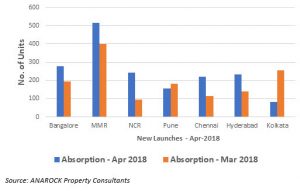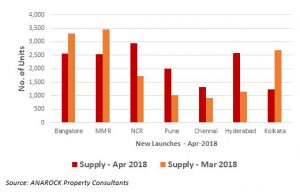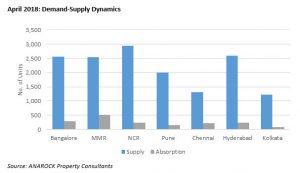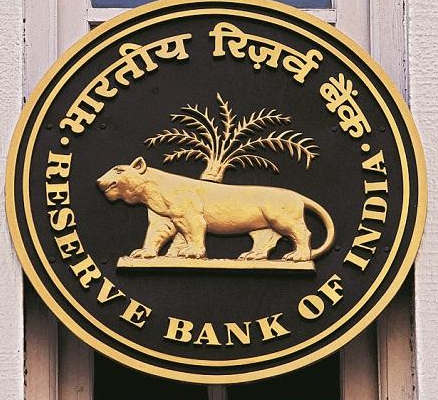Realty Sector Trending Upward with Increased Supply, Sales in FY 2018-19

By Anuj Puri, Chairman – ANAROCK Property Consultants
Buoyed by positive consumer sentiments and favourable policies, the Indian real estate sector is coming back on track. 2018 started on a positive note with the first quarter recording a q-o-q increase in housing sales, and the momentum seems to be increasing. With nearly 1,800 unit sales added across top 7 cities, the month of April alone saw a 25% increase in absorption across the top 7 cities as against March.
Also, new housing supply stock increased by 6% in this one month alone, with developers actively back to tap into the reviving demand and adding around 15,200 units in April 2018.

ANAROCK data indicates that the new housing supply infusion was highest NCR, followed closely by Hyderabad, Bengaluru and the Mumbai Metropolitan Region (MMR). NCR saw a whopping 59% increase in its new housing stock in April as against the previous month. Simultaneously, Bangalore and MMR – which dominated the market with maximum new stock in Match – saw a drop in the supply infusion in April.

In fact, NCR stole the show even on the sales front with a whopping 153% increasein April as against the preceding month. Bangalore saw a 41% rise in housing sales, while MMR witnessed a 29% increase.
Of the total new supply in April, nearly 43% was in the affordable housing category (< INR 40 lakh), followed by 33% in the mid segment (INR 40 lakh – INR 80 lakh), 11% priced in the range of INR 80 lakh – INR 1.5 crore and the remaining 13% in the segment priced above INR 1.5 crore.

In terms of the newly-emerging real estate trends, two stand out very clearly:
1. The Affordability Mantra – Small is Beautiful
Current trends indicate that the average size of properties is shrinking in most cities across the country so as to meet the all-important ‘affordable budget’ criterion. For instance, the average size of new launches in NCR was 1,853 sq. ft. in March 2018, and dropped to 1,323 sq. ft. in April. Bangalore also followed this trend, with new launch property sizes shrinking from 1,300 sq. ft in March to 1,160 sq. ft. in April.
If we consider the yearly trends, the sizes of new properties in Bangalore shrunk from 1,478 sq. ft. in 2017 to around 1,334 sq. ft. in 2018. Other cities have also followed suit, with the overall property sizes seeing a downward trend over the last three years.
Besides affordability, the so-called millennials also prefer to keep it small and avoid the maintenance hassles and costs of large homes. The high cost attached to maintaining bigger flats is another factor that is discouraging homebuyers from buying into the ‘bigger-is-better’ philosophy. Since post-possession maintenance charges are calculated on their overall area coverage, smaller homes are the very much the ‘in thing’ with younger buyers.
2. Weighted average prices heading south
Backed by high consumer demand for affordable homes, most builders have revamped their business strategy. To boost sales and avoid a demand-supply mismatch, they are predominantly launching properties in the affordable and mid-range segments. Thus, the weighted average prices of new properties have seen a dip in cities like NCR, Pune and Hyderabad.
In fact, yearly trends also indicate a drop in the average new property prices across the top cities – barring Bangalore, Hyderabad and Kolkata, which actually saw a marginal increase from 2017 till date.



















































































